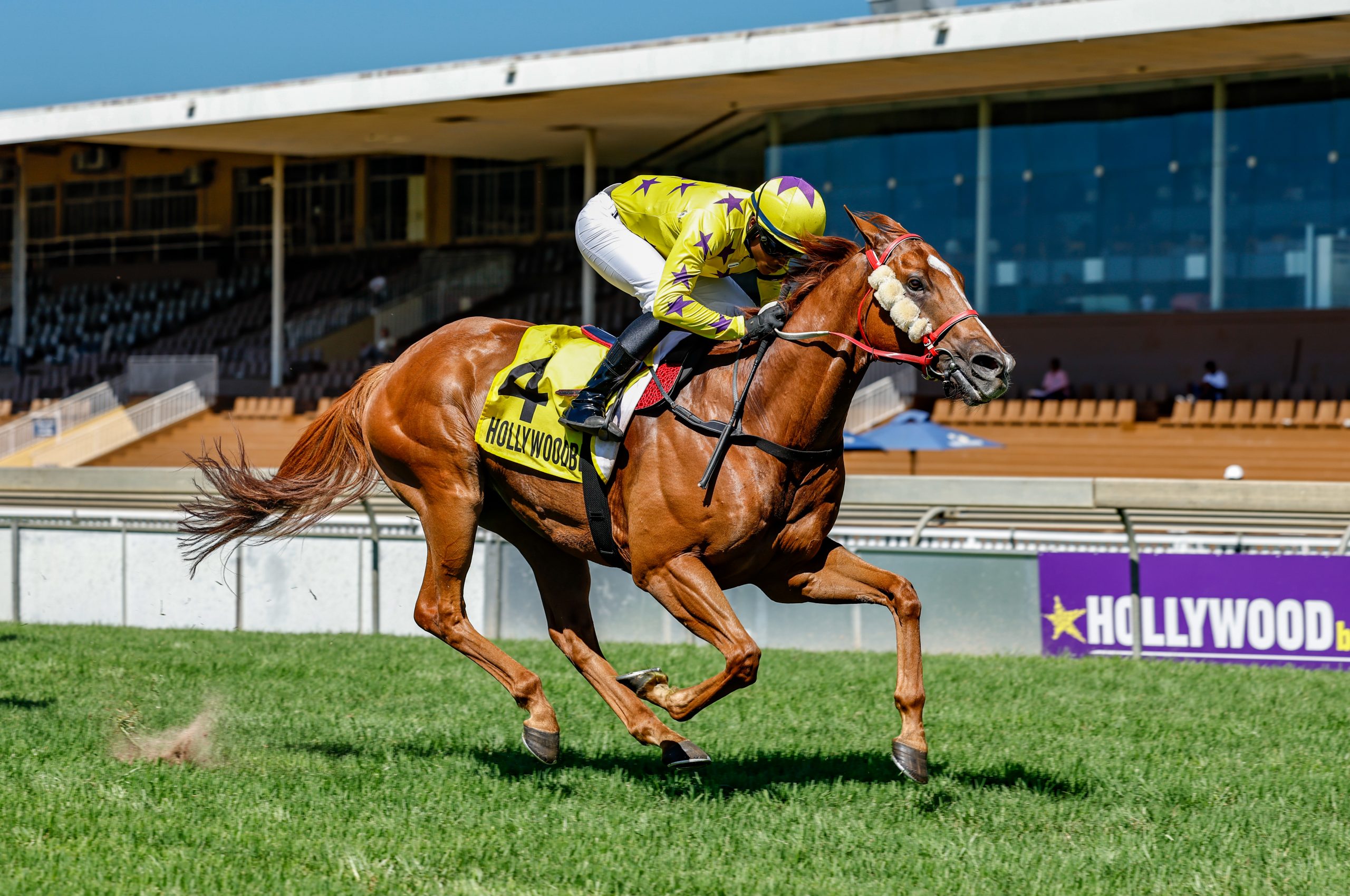For as long as there have been odds, people have tried to fiddle them, and August marked the centenary of the Trodmore Hunt scandal.
Stewart Ramsay writes in the Sporting Post Mailbag that the tote’s ‘late bet problem’ on Sunday brings back memories of the infamous Trodmore Hunt scandal in England.

Here is the story as reported in the British media:
Like many of the best plots, the Trodmore Hunt was elegant in its simplicity.
Someone calling himself G Martin, of St Ives in Cornwall, wrote to The Sportsman newspaper, which in those days was the principal rival to The Sporting Life.
He enclosed a list of runners and riders for the Trodmore Hunt race meeting, to be held on 1 August, a Bank Holiday.
In those days, there was no official fixture list, and journalists were happy to accept what help they could from eager members of the public in compiling their racecards, not least on busy Bank Holidays
Martin had chosen his date carefully, and was effectively gambling on the ignorance and laziness of The Sportsman’s journalists. It was a safe bet.
The card duly appeared without anyone bothering to check whether Trodmore exists (it doesn’t).

Where’s Trodmore?
The following day, Martin sent in a list of the winners and their starting prices – including, as it happens, several horses which had been heavily backed with the illegal street bookies of the time – and these too were published.
Again, the plotters had been clever, and the “results” were not too greedy – four winning favourites and nothing at odds of more than 5-1.
This was apparently enough for several bookmakers, who paid out without a second thought. It was all too easy.
But the one thing the conspirators could not allow for was human error.
The Sporting Life, annoyed that it had somehow missed the original card, cribbed the results from The Sportsman, but somewhere in the typesetting process, a printer’s hand slipped and the price of one winner became 5-2 rather than 5-1.
Now, many bookmakers were confused, and started to investigate Trodmore a little more closely.
At which point, of course, the truth emerged, and the pay-outs stopped.
Yet the true identity of G Martin and his fellow confidence tricksters remains a mystery, and the fact that it took a printing error to expose them can only make you wonder if – or even how often – an identical plan might previously have succeeded.








